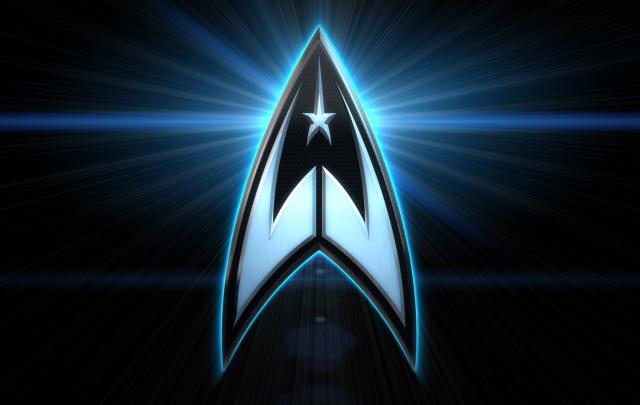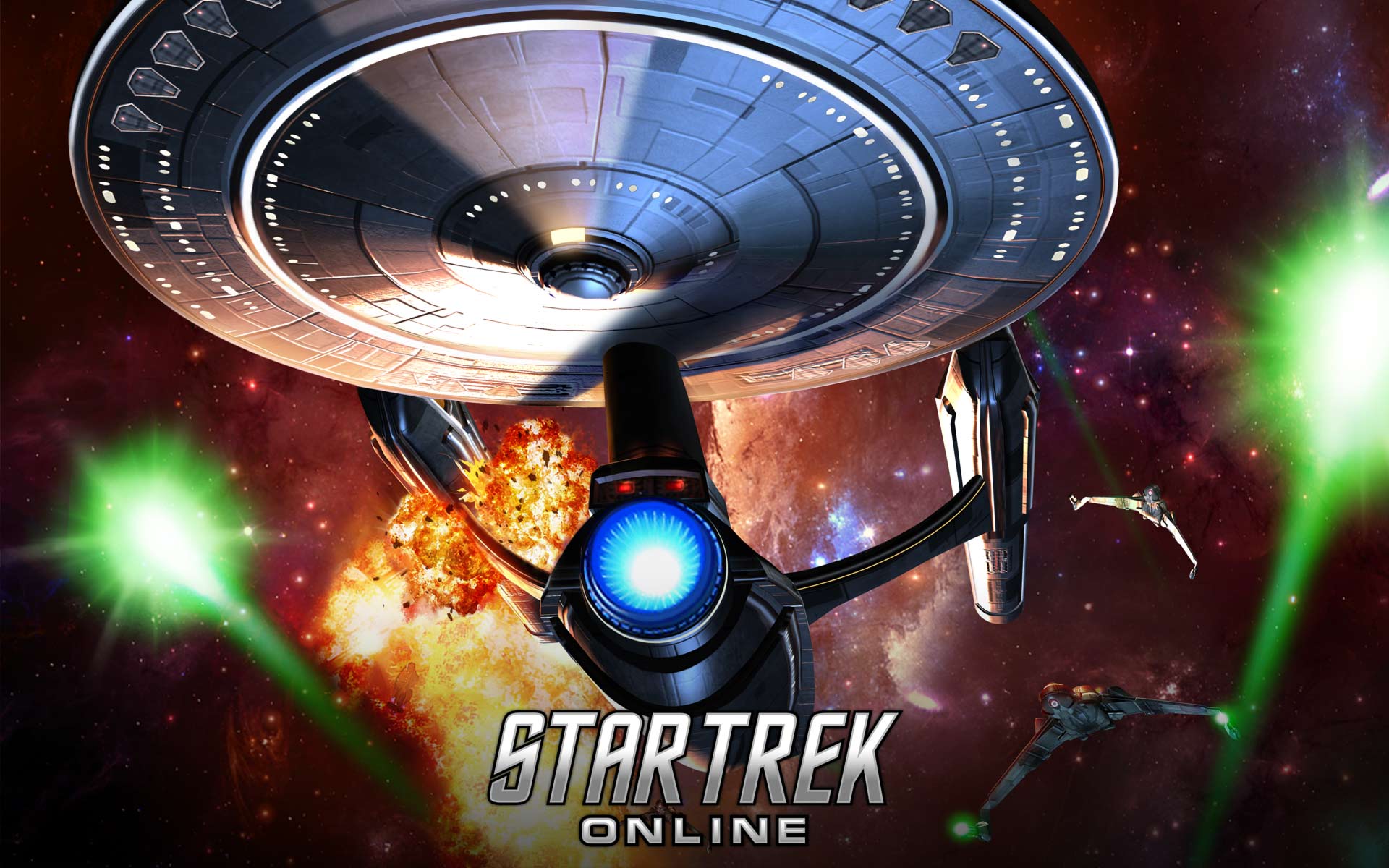In part one of our interview with Star Trek Online executive producer Dan Stahl and Perfect World Entertainment vice president of business development and corporate communications John Young discussed everything from the game’s shift to free-to-play, Star Wars: The Old Republic going free-to-play, and the future of the Klingon faction. In part two of that interview, we continue talking about free-to-play considerations, the game’s learning curve and discuss different ways MMOs could be reviewed.
Where is Cryptic at with PvP content in Star Trek Online right now?
Dan Stahl: Up to this point, PvP has not been a strong selling point in our game and we’ve admitted that we have a ways to go before this can become a vibrant part of the Star Trek Online experience. Cryptic Studios is making a serious effort to address this.
Over the last year we had an internal development team focus on building a PvP only game which helped us tune our engine and editing tools so that we have a better grasp on incorporating PvP into our games. For example, the PvP in Neverwinter is already in a much better state than STO.
We are now in the process of learning from what has been done on these internal projects and applying it to the nuances of our space combat engine.
Has the conversion to free-to-play done well by both Star Trek Online and Champions Online?
Dan Stahl: It has been a very healthy development for both games if for no other reason than the influx of new players. This is one of the encouraging aspects of free-to-play because it shows that there are people who want to play the game that simply couldn’t afford it at the existing price point. In today’s economy, free-to-play makes sense to consumers looking for options on how to spend their time and money. It is wonderful to see that, even with a free-to-play option, there is still a large core audience of players who see value in the benefits offered by subscribing. We are learning a lot from this hybrid model as we approach the launch of Neverwinter.
It seems like for the shift to free-to-play is really complemented by your new bosses at Perfect World Entertainment.
Dan Stahl: It’s been a great marriage. Even before we completed the transaction, we were meeting with Perfect World because they are a thought-leader for free-to-play in China. So once we made the decision to go free-to-play, we started consulting with them before Atari put Cryptic up for sale because they know a lot about what it takes to be successful with this business model. Now that we are part of their company, the marriage has been absolutely beneficial and we are learning from one another.
John Young: There are few teams like Cryptic out there, whether they’re external or internal, to absorb the lessons we want to convey. We couldn’t have asked for a better partner.
I once heard one of the best arguments for why 97 percent of free players in free-to-play games add something to the game — they fill out the world and become part of the gameplay.
Dan Stahl: That’s a good observation – even if you’re not spending a dime, you’re adding to the experience. You feel like you’re part of something greater and everyone wants to go into an MMO when it’s full of people.
Some recent MMOs have struggled with the perception of being empty because the zones are simply too large or spread out.
Dan Stahl: STO struggles with that as well. Whether you have large zones or you instance them it can still be a problem. The key is ensuring that players feel a sense of community as they learn the game. This is accomplished by seeing other players in key locations that act as “hubs” of gameplay. With free-to-play, you commit yourself to a community of people who might play very rarely to those who play every day – it’s all part of the challenge!

Star Trek Online seems to scale well to different PC specs.
Dan Stahl: One fun challenge of free-to-play is that people will try to play the game on any and all PC specs that you can think of. It wouldn’t surprise me if someone was trying to play STO via a Dreamcast.
Star Trek seems like a good fit for free-to-play, since it has a large mainstream fandom.
Dan Stahl: We’ve had internal debates at Cryptic about this. What is the worth of an Intellectual Property when considering a F2P MMO game If I were to compare STO to a retail business, I’d look at some of the great properties like Star Trek and Star Wars which both have a healthy hobby business attached to it. When you consider that there are people who may want to buy Spock’s eyelashes for $1,000, it is clear that Star Trek is their hobby.
The nice thing about a hobby is that you spend what you want to spend. Some people will watch an Oakland Raiders game from the luxury of their couch while wearing their sweats. Conversely, some people will paint their cars silver and black and spend hours tailgating decked out in Raider merchandise. In F2P, you also have people engaged at all levels. Having an Intellectual Property like Star Trek is awesome for a F2P MMO because it brings with it an already established mix of fans that might not exist if you tried to build a space MMO concept from scratch.
Did you think it was important from the beginning to get space combat right?
John Young: The game would not be as popular if the mechanics weren’t fun. It is really unique and if you marry that with squad-based content, there’s a lot out there to enjoy.

Dan Stahl: We built the game with a focus on space combat. It’s very unique, distinctive and it’s relatively faithful to the series’ depiction of capital ships slugging it out. It should remind you of Kirk battling against Khan. So when we think of “getting it right” we feel that we’re faithful to the shows.
Some people early on complain about the learning curve in Star Trek Online — is there any work being done to explain some elements better?
Dan Stahl: That is one of the concerns we had going into the free-to-play launch. We now have good evidence that it’s improved greatly since we launched back in 2010. We find that once players get through the tutorial the majority of the players will stick with the game up through max level.
Nevertheless, there are still some players who feel the tutorial is a steep learning curve. We’ll continue to tweak it because there’s always room for improvement in an MMO.
It’s a bit unfortunate, we feel, about the reviews of the launch version of the game in 2010 since the game has evolved so much since that time.
Dan Stahl: In my opinion, the whole game rating business doesn’t necessarily do a great justice to MMOs. MMOs are designed to grow over time and get better with every major release. It might be better if sites like Metacritic could find a way to rate MMO’s by releases instead of just the initial day one. There are plenty of MMOs that have made huge strides since days one and some that have even gotten worse. Until then, we will continue to offer the game for free and ask for people to try it out and decide for themselves.
John Young: Games as a service is “what have you done for me lately” and Star Trek Online offers so much right now.
What can we look forward to with Star Trek Online Will there be more story content to pour over?
Dan Stahl: Star Trek Online has a very busy schedule over the next year. Season 6 released two months ago and introduced Starbases and the Tholians. Season 7 will be releasing before the end of the year and will feature a storyline involving the Romulans. As a developer, I’m very excited about what we have planned over the next year. The game continues to get bigger and better year over year. The storylines we have coming up will be some our best yet!
Dan, John thanks.
—
Announcing the [a]list daily mobile app! Developed in-house by Ayzenberg Group, the [a]list daily for iPhone, iPad and Android delivers our same great daily content in an elegant app that’s perfect for viewing on the go.

